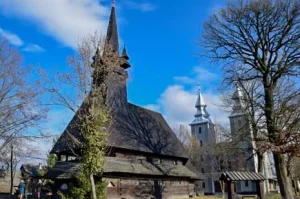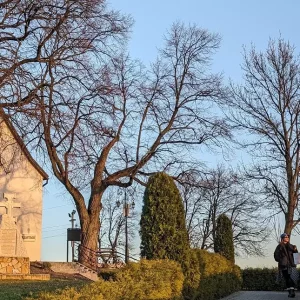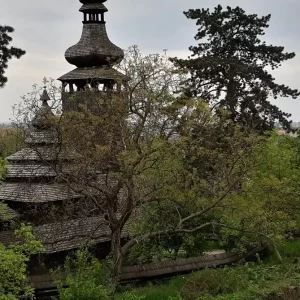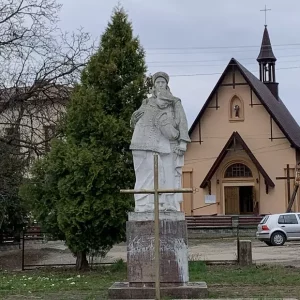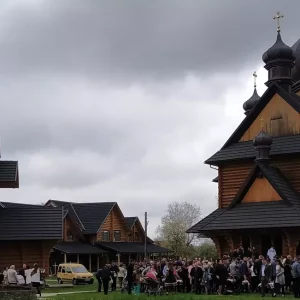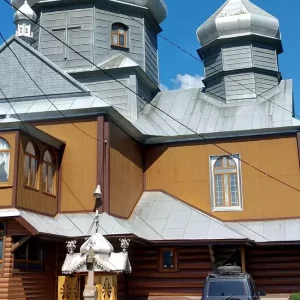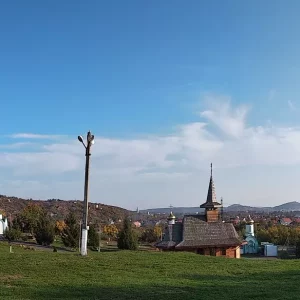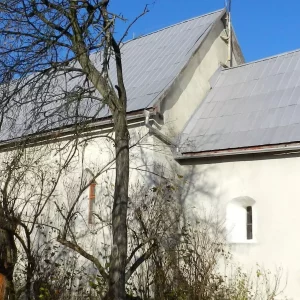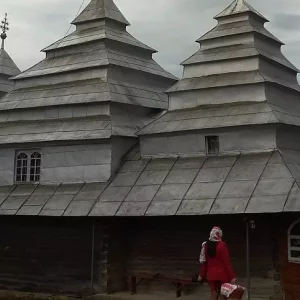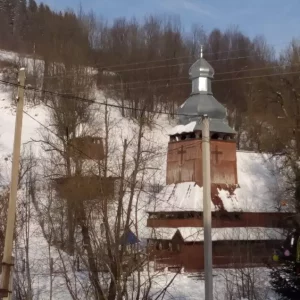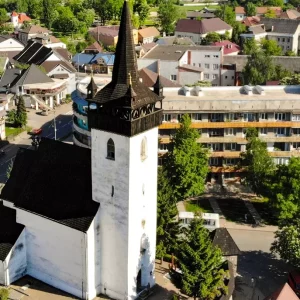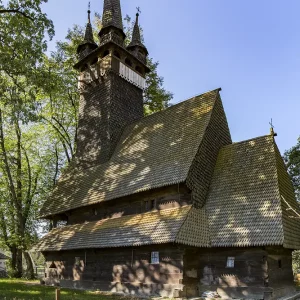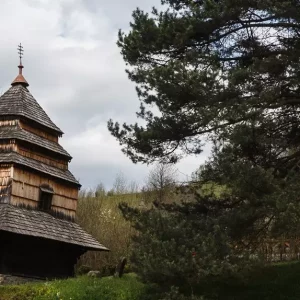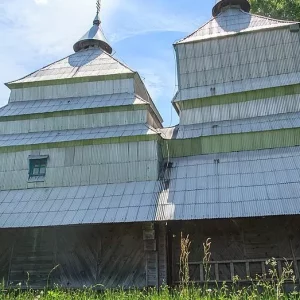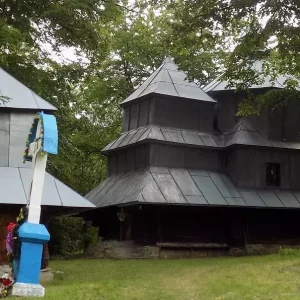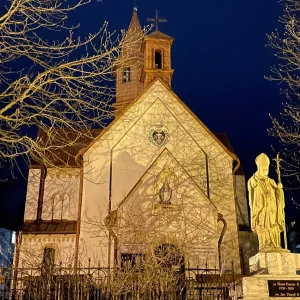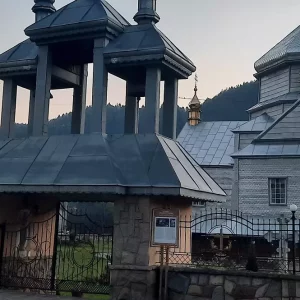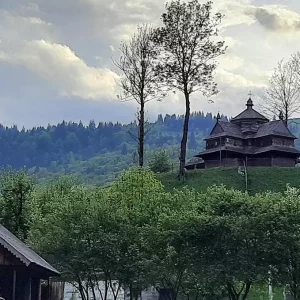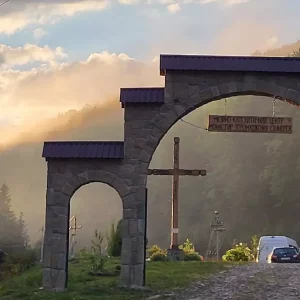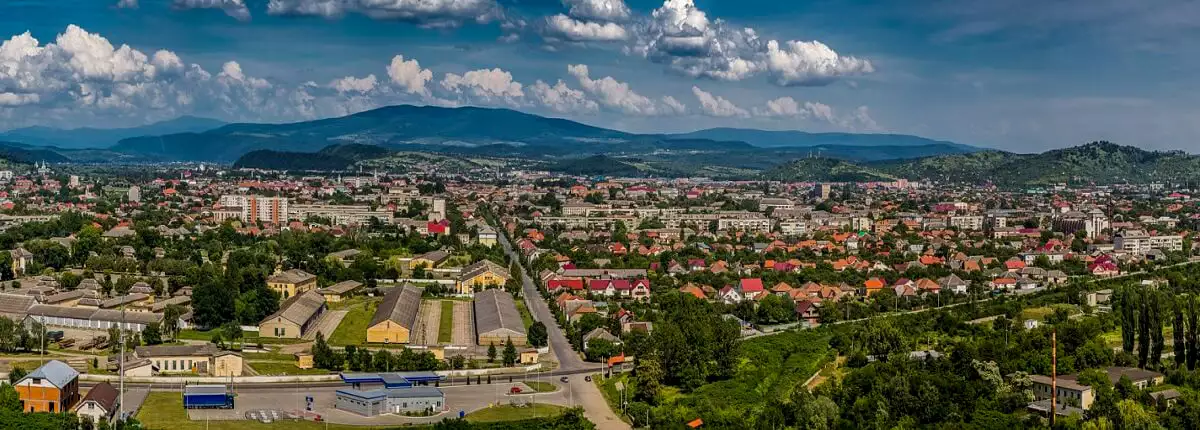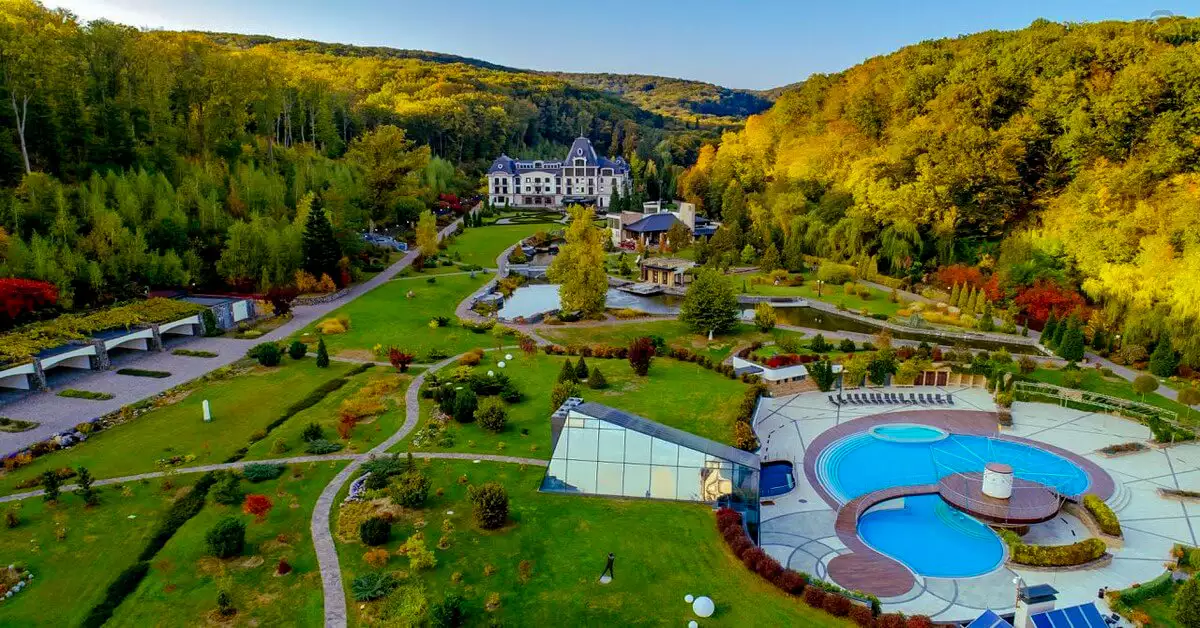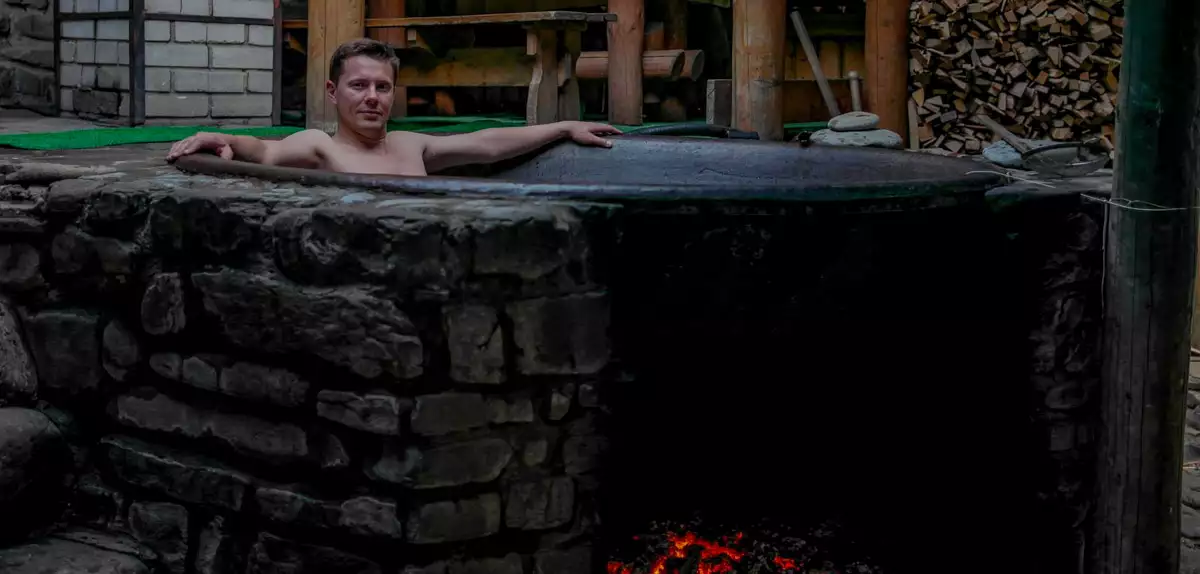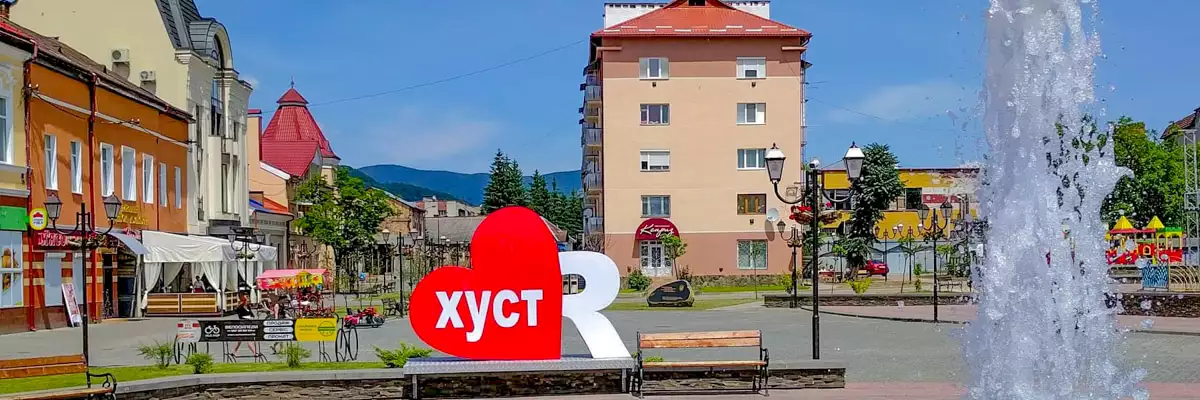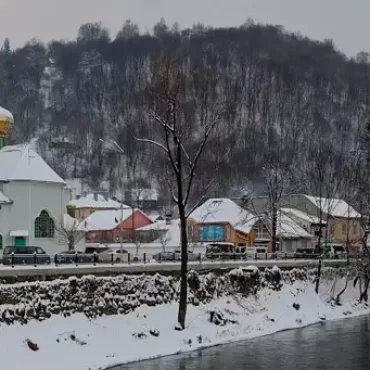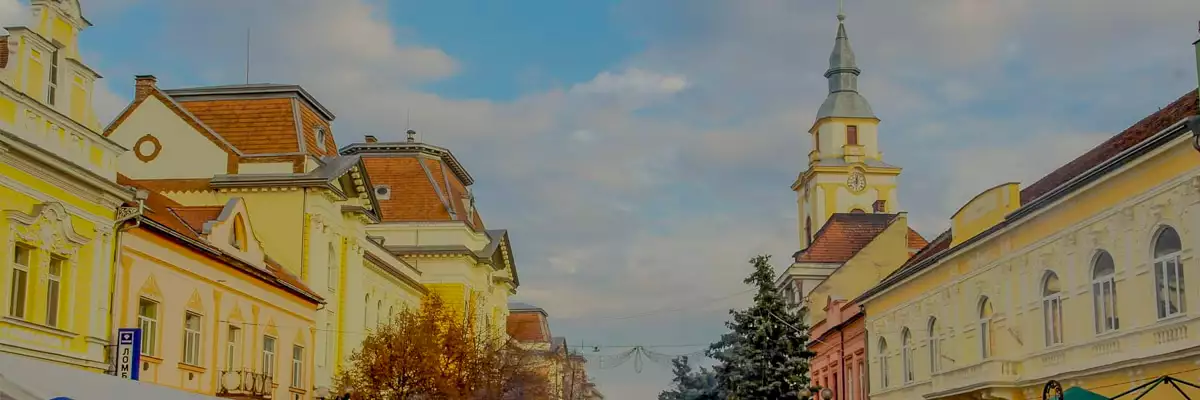Classification of Transcarpathian wooden churches
Scholars distinguish five styles of Transcarpathian wooden churches, including Hutsul, Lemkivsky, and Boyko, named after the ethnic groups of the Transcarpathian population, and two more – Gothic and Baroque – after the corresponding styles of stone architecture.
Lemkivska and Boikos wooden churches have preserved for posterity the ancient methods of Ukrainian church architecture, which are based on the principle of trinity – the church is divided into three parts, three log cabins, and three floors. The churches built in the Boyko style have been preserved to this day in the area of the upper reaches of the Uzh River. The Lemkivska church is located in Transcarpathian Museum of Folk Architecture and Life.
The Hutsul style is represented by two five-storeyed churches in Yasinya and Lazeshchyna-Plytovatne, as well as five churches in the Middle Hutsul style. Towers with baroque domes adorn 22 churches in the Volovets-Mizhhirya Verkhovyna region.
Gothic churches with high, sharp spires have been preserved in Danyliv, Kraynikiv, Oleksandrivka, Sokyrnytsia, Neresnytsia, and Nyzhnya Apsha.
The oldest Transcarpathian wooden churches that have survived to this day are St Nicholas Church, which is located in the village of Seredne Vodyane and was built in 1428, and church in the village of Kolodne, was built in 1470.
Each wooden church is an unsurpassed, masterpiece concentration of painting, carving, embroidery, unique monuments of writing and printing. Wooden churches are monuments of our presence in history, sources of inexhaustible aesthetic pleasure and one of the most attractive tourist attractions.
